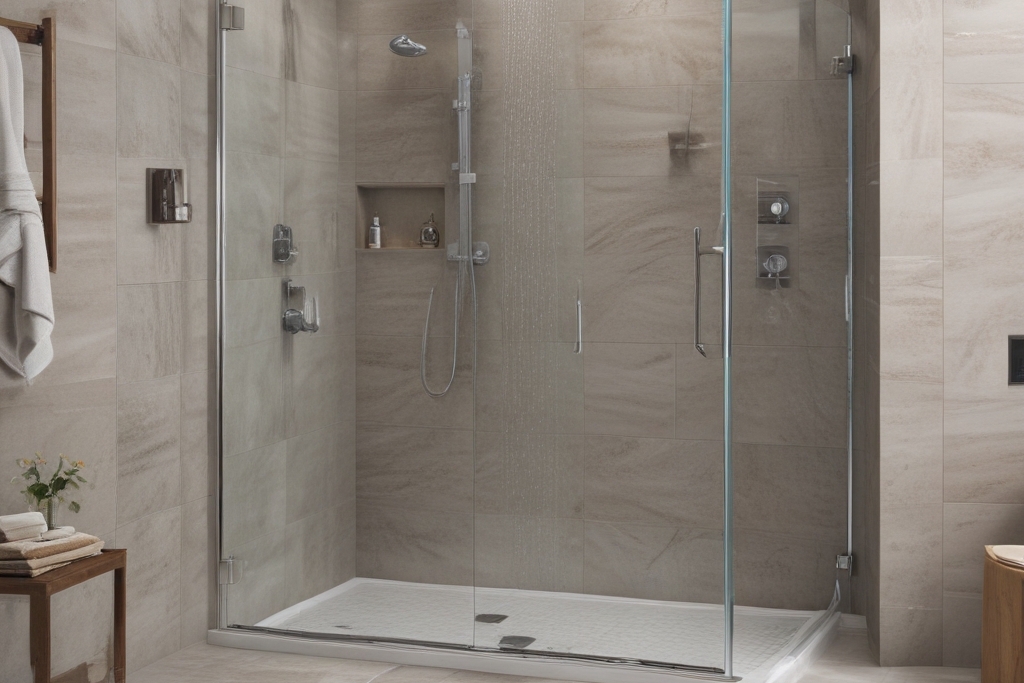Enhancing Accessibility: The Benefits of Disability Walk-In Showers

In today’s world, ensuring accessibility and comfort for individuals with disabilities is paramount. One significant area where accessibility can be greatly improved is in the bathroom. Disability walk-in showers are designed to provide a safe, convenient, and comfortable bathing experience for individuals with mobility challenges. This article explores the benefits of disability walk-in showers, their key features, and how they can enhance the quality of life for those who need them.
Disability walk-in showers are specifically designed to cater to the needs of individuals with limited mobility. These showers eliminate the need for stepping over high thresholds, which can be a significant barrier for those with physical disabilities. Instead, they offer a low or no-threshold entry, making it easy for users to walk or roll in with a wheelchair or walker. This design significantly reduces the risk of slips and falls, providing a safer bathing environment. One of the primary benefits of disability walk-in showers is their enhanced safety features. These showers often come equipped with grab bars, non-slip flooring, and built-in seating. Grab bars provide essential support for individuals to maintain balance while entering, exiting, or moving within the shower. Non-slip flooring ensures that the risk of slipping is minimized, even when the floor is wet. Built-in seating allows users to sit comfortably while bathing, reducing the strain on their legs and back. Another advantage of disability walk-in showers is their versatility and customization options. These showers can be tailored to meet the specific needs of the user. For instance, adjustable showerheads can be positioned at various heights to accommodate both standing and seated users. Additionally, the inclusion of handheld showerheads provides greater control and flexibility during bathing. Some models also offer temperature controls to prevent scalding and ensure a comfortable water temperature. The installation of a disability walk-in shower can also enhance the overall aesthetic of the bathroom. Modern designs are sleek and stylish, seamlessly blending with the existing decor. This means that users do not have to compromise on style while prioritizing functionality and accessibility. Moreover, these showers can be installed in various sizes and configurations, making them suitable for bathrooms of all shapes and sizes. Beyond the physical benefits, disability walk-in showers can significantly improve the emotional well-being of users. The ability to bathe independently or with minimal assistance can boost self-esteem and confidence. It allows individuals to maintain their dignity and privacy, which is crucial for their mental and emotional health. For caregivers, disability walk-in showers can also provide much-needed relief. Assisting someone with bathing can be physically demanding and stressful. With the safety features and ease of use provided by walk-in showers, caregivers can perform their duties more efficiently and with less strain. This can lead to a better caregiving experience and improved relationships between caregivers and those they care for. When considering the installation of a disability walk-in shower, it is essential to consult with professionals who specialize in accessible bathroom design. They can provide valuable insights and recommendations to ensure that the shower meets the specific needs of the user. Additionally, they can assist with the proper installation to guarantee safety and functionality.
Disability walk-in showers are a valuable addition to any home where accessibility is a priority. They offer numerous benefits, including enhanced safety, customization options, and improved emotional well-being. By investing in a disability walk-in shower, individuals with mobility challenges can enjoy a more comfortable, independent, and dignified bathing experience. As we continue to strive for inclusivity and accessibility, these showers represent a significant step forward in creating homes that cater to the needs of all individuals.



